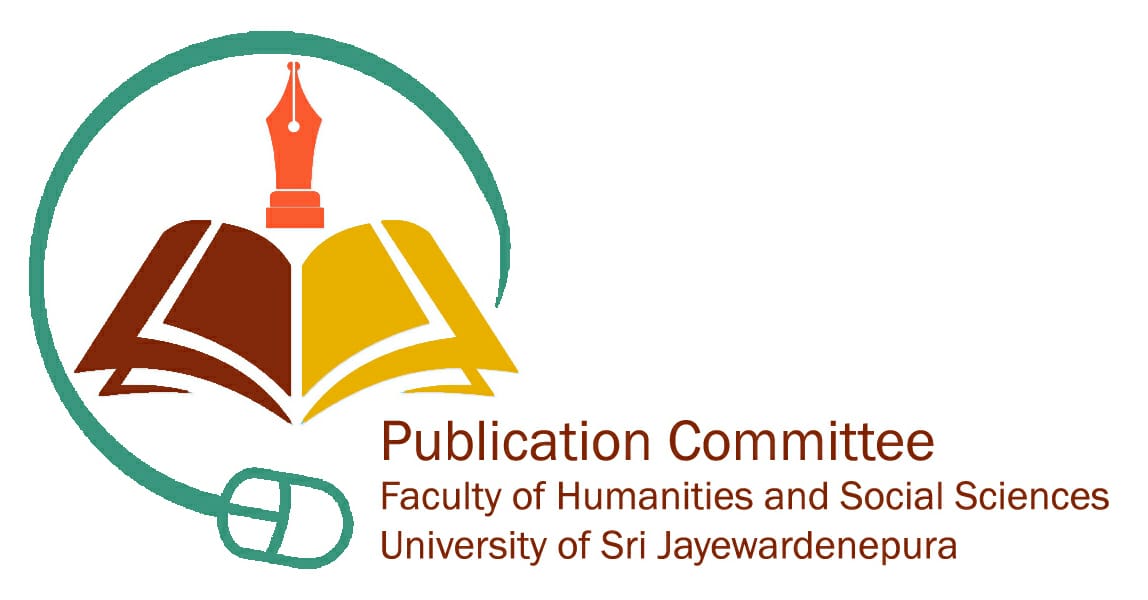As a result of the third Dhamma Council, Arahant Maha Mahinda Thero arrived in Sri Lanka with the sublime message of the Buddha on the Poson Full Moon Day and introduced Buddhism to all citizens. Ever since Sri Lankan Buddhists grandly celebrate the Poson Full Moon Day annually in the month of June throughout the country with immense pleasure and devotion.
Emperor Ashoka and king Devanampiya Tissa became friends though they had not met each other physically. According to some historical documents, as the kings of neighbouring countries, Ashoka and Devanampiya Tissa have exchanged their views and thoughts on different matters. On one occasion Emperor Ashoka (communicated) wrote to his sincere friend, Devanampiya Tissa regarding his conversion to Buddhism taking refuge in the Buddha, the Dhamma, and the Sangha. With this message, he made a request to his friend, Tissa to take refuge in the noble Triple Gem – the Buddha, the Dhamma, and the Sangha. As a result of this true friendship and the genuine understanding between these two kings, king Dharmashoka sent out missionaries including his own beloved son Most Venerable Arahant Mahinda Thera with the sublime message of the Buddha and his teaching to our country in the reign of the king Devanampiya Tissa.
236 years after the passing away of the great teacher, the Buddha, the most venerable Arahant Maha Mahinda Thero who was the chief disciple of Arahant Moggaliputta Tissa Thero accompanied with Arahant Theras namely, Itthiya, Uttiya, Sambala, Bhaddasala, Arahant Sumana Samanera and the lay-anagami Bhanduka alighted on the Ambastala Rock (Mihintale), Anuradhapura in the year 347 B.C.
On this special day, king Devanampiya Tissa was out on a hunting expedition in Mihaintale with his retinue. But king Tissa was not aware of Mahinda Maha Thero and other monks remaining on the Ambastala Rock. Then Mahinda Thero addressed the king solemnly by his name ‘Tissa’. At that time, he was much astonished and looked around to see who was addressing him by his name. Then he saw Arahant Maha Mahinda Thero accompanied by other Theros on the rock and seeing them he respectfully kept his bow and arrow down. After seeing the Theros the king was in a doubt and he wanted to know about them immediately. So, he asked several questions from Arahant Mahinda Thero. In reply to the questions, the Maha Thero introduced themselves and explained the purpose of arriving in Sri Lanka. He said that they were the disciples of the Buddha and had arrived from India for the benefit of the king and the people of Sri Lanka with great compassion.
“Samanamayam maharaja – dhammarajassa savaka
Tavewa anukampaya – jambudipa idhagata.”
Further, he described that he was the son of Emperor Ashoka and had arrived with the sublime teachings of the Buddha to preach to the people of the country. Also, the Arahant Maha Mahinda Thero wanted to know whether the king of the country was intelligent enough to understand the doctrines of the Buddha, so he asked him the following questions;
Arahant Maha Mahinda Thero: Oh king, what is this tree?
King Devanampiya Tissa: Most Venerable Sir, it is a mango tree.
Arahant Maha Mahinda Thero: Are there any other mango trees here?
King Devanampiya Tissa: Yes, Most Venerable Sir. And there are many other mango trees here.
Arahant Maha Mahinda Thero: Are there trees other than this mango tree and those other mango trees?
King Devanampiya Tissa: Yes, Most Venerable Sir. There are trees but those trees are not mango trees.
Arahant Maha Mahinda Thero: Are there any trees other than those mango trees and the other trees?
King Devanampiya Tissa: Yes, Most Venerable Sir. It is this mango tree.
Having received good answers from the king to the questions, Mahainda Maha Thero turned the way of asking questions to further assess and observe the king’s intelligence.
Arahant Maha Mahinda Thero: Oh king, have you any relatives?
King Devanampiya Tissa: Yes, Most Venerable Sir, I have many.
Arahant Maha Mahinda Thero: Are there any others who are not your relatives?
King Devanampiya Tissa: Yes, Most Venerable Sir, there are.
Arahant Maha Mahinda Thero: Is there anyone else besides your relatives and the others?
King Devanampiya Tissa: Yes, Most Venerable Sir, there is. It is me.
Through this friendly discussion, Arahant Mahinda Thero was able to assess the king’s intelligence and realized that he was wise enough to embrace the sublime teachings of the Buddha. After that, the Maha Thero preached the Maha Hatthipadopama Sutta (the Simile of the Elephant’s Footprint) to the king and his followers. As mentioned in the Mahavansa, after listening to the sermon the king Tissa and his forty thousand followers took refuge in the Buddha, the Dhamma, and the Sangha.
In the first few days, the Arahanth Maha Thero exposed several discourses such as Petavathu, Vimanavathu, Devaduta Sutta, Balapandita Sutta, Anamataggiya Sutta, Aggikhandhopama Sutta, Saccasamyutta Sutta and so on for the king, the ladies of the king’s palace and the ordinary people to elicit the fundamental concepts of the Buddha’s teachings. Based on the above sermons, the Arahant Thero revealed how good and bad deeds affect human life. Furthermore, he showed that accumulating merits would make life peaceful and happy. Through the Four Noble Truths, he has clearly elaborated why people would understand the reality of life in this existence as well.
In brief, the arrival of Arahant Maha Mahinda Thero in Sri Lanka was able to convert the human minds and their thoughts towards meaningful religious practices. Also, he illustrated the value of accumulating merits for the benefit of their lives and eradicating all painful suffering through his Dhamma sermons. So, all the people in the country should respect Arahant Mahinda Maha Thero and king Devanampiya Tissa for granting their invaluable, great and noble service to introduce Buddhism and establish Buddhism in Sri Lanka.
Reference
Baptist, E. C. (1975), Some Incidents and Episodes in the Life of the Buddha, Colombo: Sankha Printers Ltd.
Robertson, A. (1998), Significance of the Full Moons in Buddhism, Nedimala: Systematic Print (Pvt.) Ltd.
Sumangala & Batuwantudawa, D. (1967), Mahavamsa. Colombo: Rathnakara Book Publishers Association.
Canonical Texts:
Khuddaka Nikaya: Petavatthu and Vimanavatthu
Majjhima Nikaya: Devaduta Sutta
Majjhima Nikaya: Balapaddita Sutta
Dr. Ven. Dodamgoda Sumanasara Thero
Department of English Language Teaching
Faculty of Humanities and Social Sciences
University of Sri Jayewardenepura






